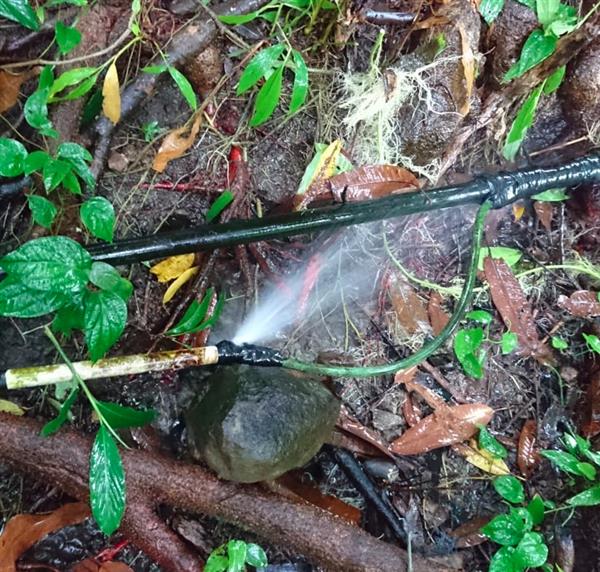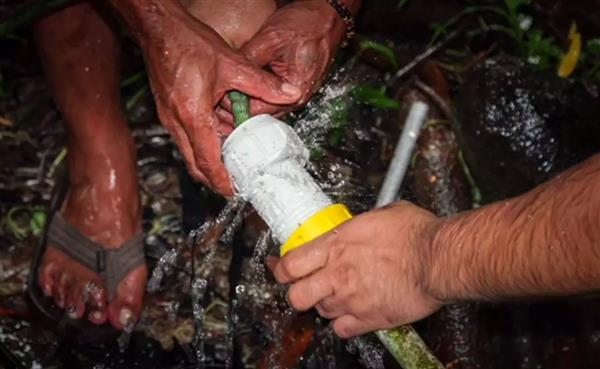In the wake of heavy flooding in the Solomon Islands, a team from Australia’s Deakin University led by Dr Mazher Mohammed, and Plan International is using waste plastic scavenged from local dumps as feedstock for 3D printed parts for vital water supply pipes in the remote village of Visale.
The cost of plastic waste
Up-cycling plastic for 3D printing is increasingly used to address the severe environmental impact posed by plastic waste. One report from the World Economic Forum, the Ellen MacArthur Foundation, and McKinsey & Company estimates that at the current rate there will be more than one tonne of plastic per tonne of fish in the ocean by 2050.
Less than half of people in the Honiara, capital of the Solomon Islands, are provided with waste collection services, meaning illegal waste dumping is prolific and “active garbage piles” can be found on many street corners. One in five Solomon Islanders lacks access to clean drinking water.
This combination of factors made the Visale, a few hours drive down the coast from Honiara, the ideal testing ground for Dr Mohammed’s plastic waste fed 3D printer.
Pipe parts, pipe dreams
The 3D printer used by Dr Mohammed’s team is portable, solar powered and capable of processing recycled plastic, all features essential to the project’s goal of repairing damaged pipes supplying the town of Visale. The pipes, which leaked along their entire length, had previously been patched together using the materials the locals had available, such as bike tires, bamboo and garden hoses.

Replacement parts for the pipe were designed on a laptop, whilst 3D printable pellets were made by grinding plastic waste in a manually operated crusher. The resultant 3D printed connectors fit perfectly.

The team’s success comes in contrast to previous maintenance attempts by the government and charities that “often [got] out there [without] the specific parts needed”, according to Tom Rankin, a program manager for Plan International, an independent development and humanitarian organisation.
The team hopes the project will demonstrate the potential of locally produced 3D printed parts to drastically reduce the cost of essential maintenance in remote, disaster hit areas.
Commercialisation, ease of use and cost
The team is working on a commercial version of the system, including a library of parts, so that future users will simply have to load waste plastic into the printer and select the part they wish to print. Dr Mohammed expects such a machine to cost less than $10,000.
3D printing for sustainable activity and humanitarian aid work
3D printers using more traditional filaments are already being used in other relief efforts, such as in Nepal where they are being used to print medical supplies in remote regions, or Haiti where medical supplies such as prosthesis are been printed at the point of use.
3D printing with recycled plastic is also gaining a foothold with environmentally conscious organisations. Reflow, a company focused on sustainability, uses recycled PET plastic to create the eye-catching displays in their stores. In Western Australia, GreenBatch is addressing the region’s lack of plastic reprocessing facilities by turning waste plastic into 3D printer filament.
Vote now in the 2018 3D Printing Industry Awards.
For all the latest 3D printing news – subscribe to the 3D Printing Industry newsletter, follow us on Twitter, and like us on Facebook.
Use our 3D Printing Industry Jobs Board to search for 3D printing jobs or advertise vacancies at your company.
Protolabs is sponsoring the 2018 3D Printing Industry Awards design competition. Submit your entries now with the chance of winning a 3D printer

